
In today’s world, where space is becoming increasingly limited, traditional furniture can feel bulky and inflexible. People need solutions that optimize space while maintaining functionality.
Compressed furniture is designed to be compact, foldable, or modular, allowing for easy transportation, storage, and multi-functional use. It maximizes space efficiency without sacrificing comfort or style.
From compact sofas to collapsible tables, compressed furniture is transforming modern living. Let’s explore its materials, design, and benefits.
What Is the Definition of Compressed Furniture?
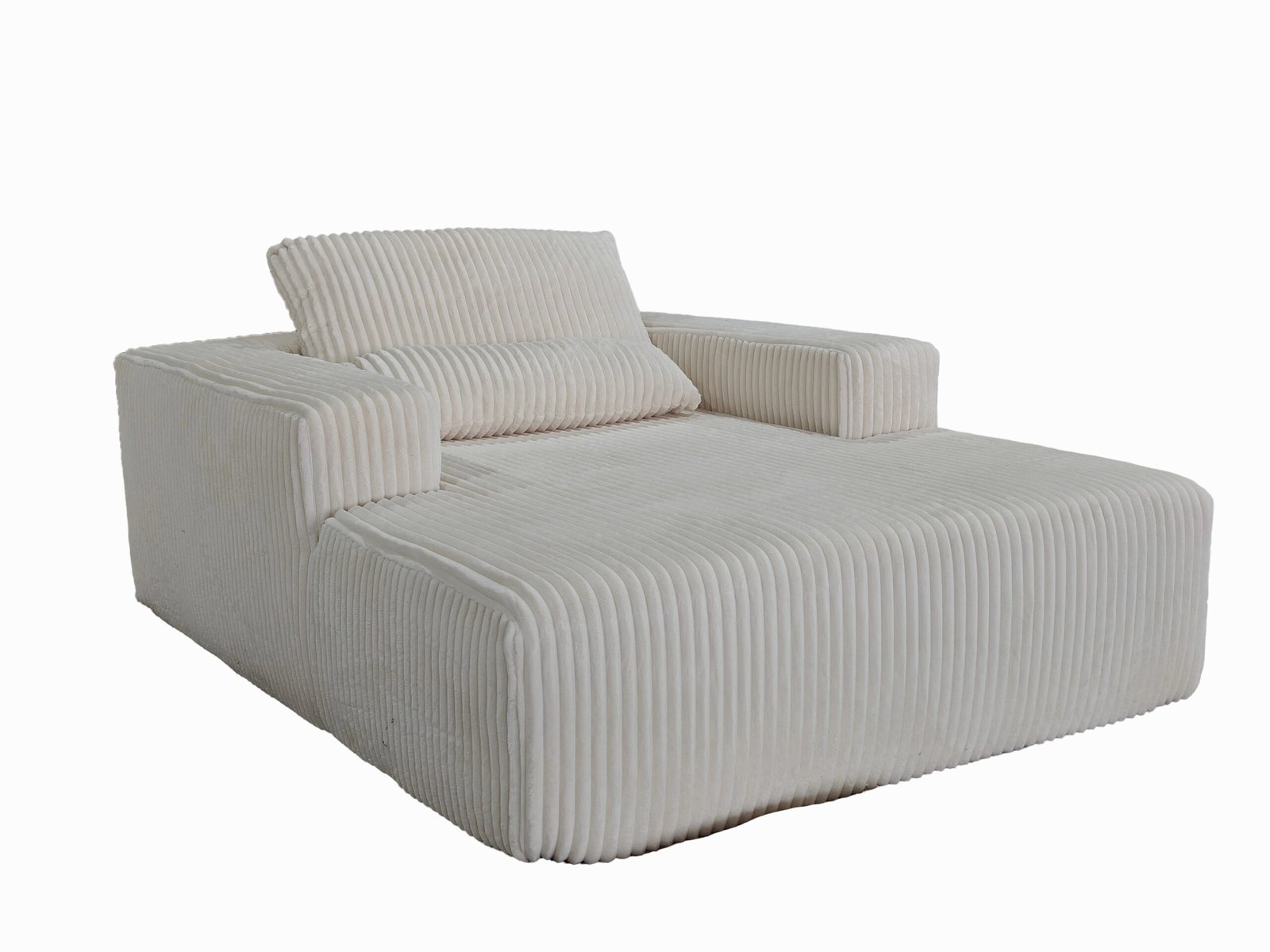
Space efficiency is a top priority in many homes today. Traditional furniture remains fixed, while compressed furniture offers adaptability.
Compressed furniture refers to furniture designed to be collapsible, modular, or space-saving, making it easier to transport, store, and reconfigure.
Key Features of Compressed Furniture
| Feature | Benefit |
|---|---|
| Foldability | Can be stored or transported in a compact form. |
| Modular Design | Allows customization and reconfiguration. |
| Lightweight Materials | Easier to move compared to traditional furniture. |
| Space Optimization | Ideal for small apartments and offices. |
These features make compressed furniture a practical choice for modern living spaces.
How Did Compressed Furniture Develop?
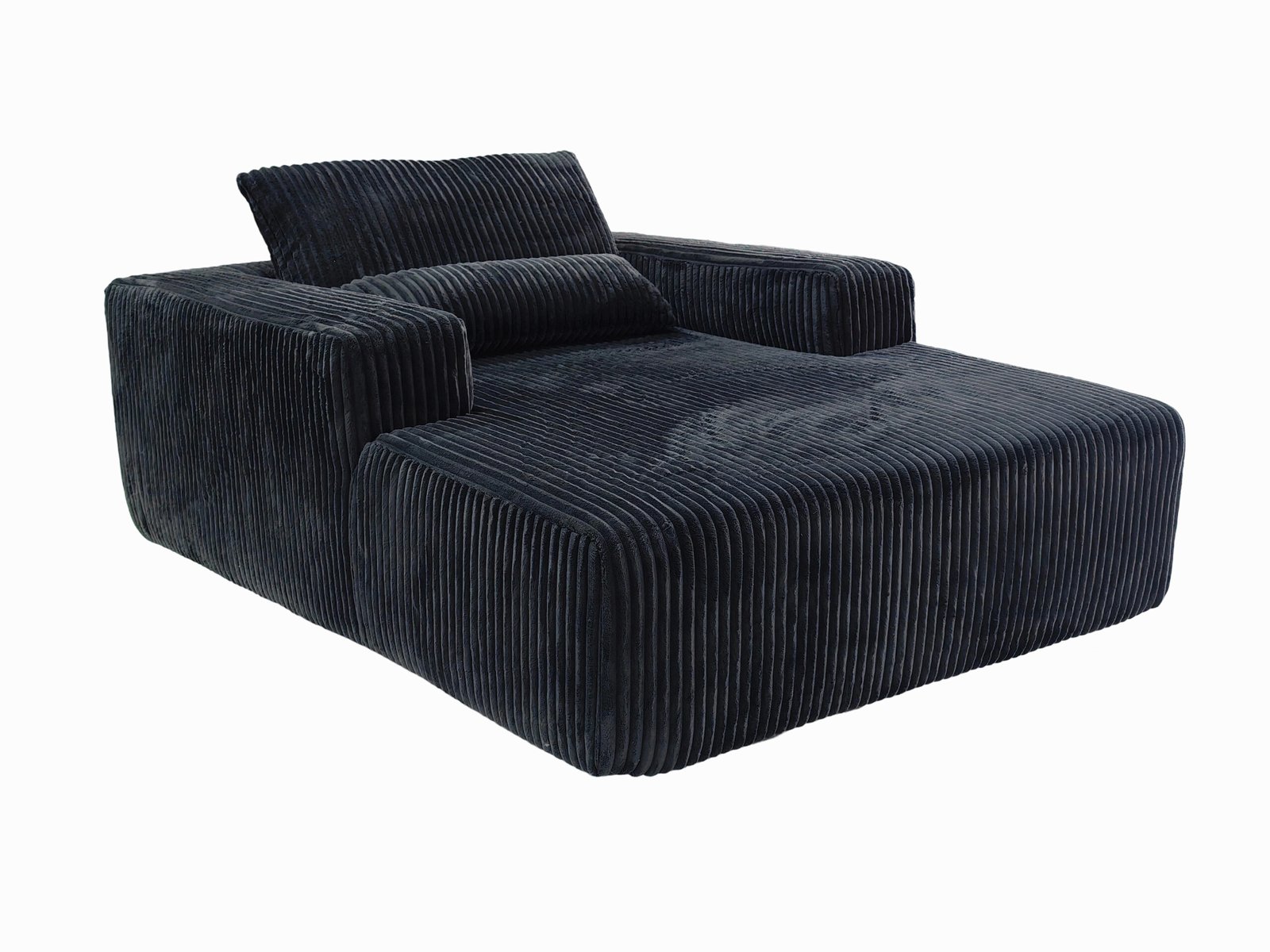
While compressed furniture seems like a recent innovation, its roots go back centuries.
The concept began with foldable and collapsible furniture used by nomads and later evolved with urbanization and modern manufacturing.
Timeline of Compressed Furniture
- Ancient Times: Nomadic tribes used collapsible wooden structures for portability.
- 1900s: The invention of the Murphy bed introduced foldable furniture to urban homes.
- Post-WWII: Compact, multifunctional furniture gained popularity due to housing shortages.
- Modern Era: Advancements in materials and manufacturing led to high-quality compressed furniture.
Today, compressed furniture is a staple in urban apartments, co-living spaces, and even office environments.
What Materials Are Used in Compressed Furniture?

The durability and functionality of compressed furniture depend on the materials used.
Common materials include wood, metal, plastic, and composite materials, each chosen for their strength and flexibility.
Common Materials and Their Benefits
| Material | Pros | Cons |
|---|---|---|
| Hardwood (Oak, Maple) | Strong and durable | Heavy and expensive |
| Plywood | Lightweight, cost-effective | Less durable than hardwood |
| Metal (Steel, Aluminum) | Sturdy, modern look | Can be prone to rust |
| Plastic & Composite | Affordable, flexible design | Less eco-friendly |
High-quality compressed furniture often combines these materials to balance durability and weight.
What Types of Compressed Furniture Are Available?
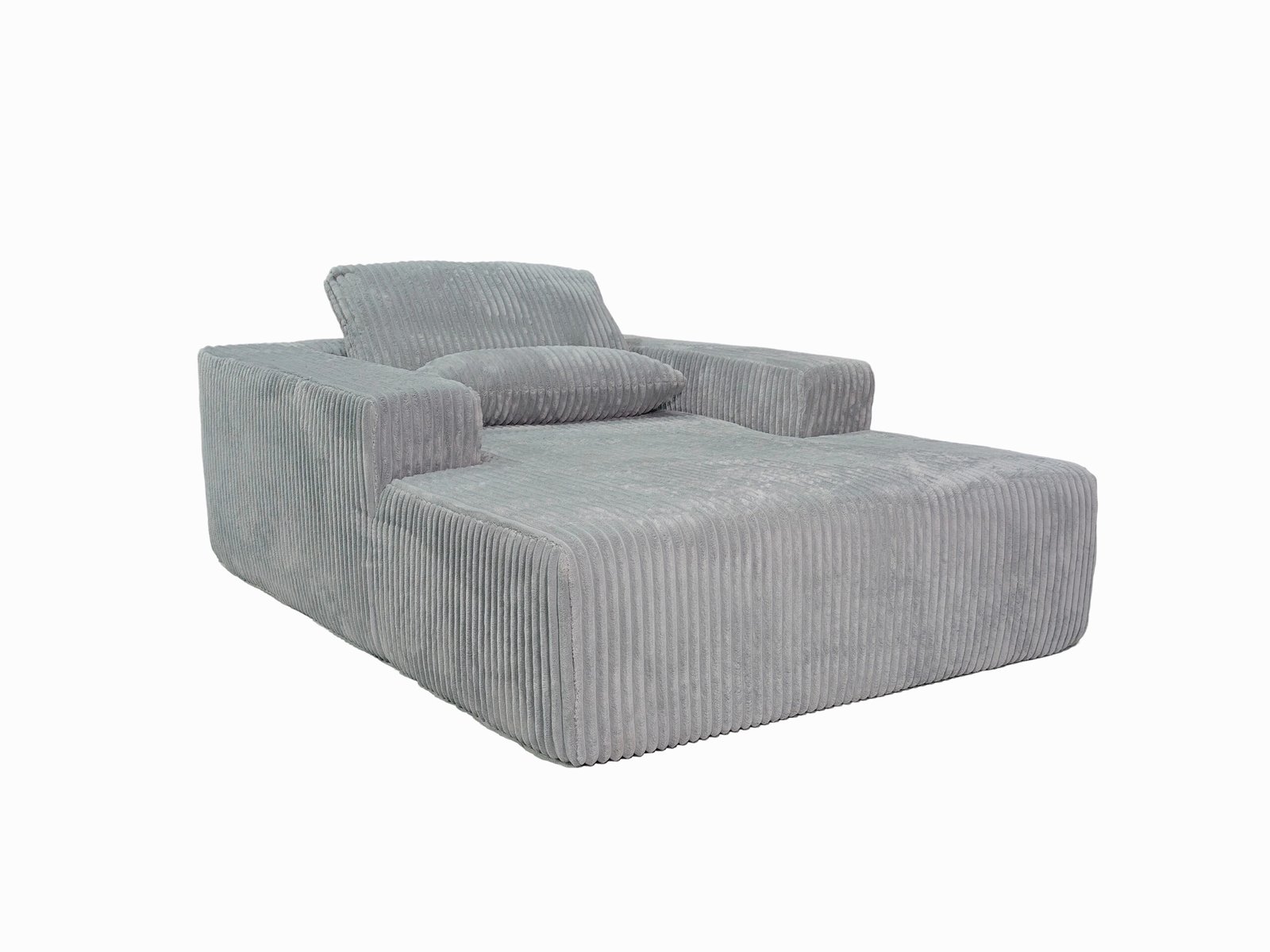
Compressed furniture is designed for various uses, making it versatile and practical.
Popular types include foldable, modular, and stackable furniture designed to fit different needs.
Types of Compressed Furniture
- Foldable Sofas & Beds: Ideal for small apartments and guest rooms.
- Collapsible Tables & Chairs: Perfect for space-saving dining or office setups.
- Modular Shelving & Storage Units: Adaptable to different spaces and layouts.
- Stackable Seating: Used in offices, classrooms, and events for easy storage.
Each type serves a unique function, catering to various lifestyle demands.
How Is Compressed Furniture Designed for Functionality?
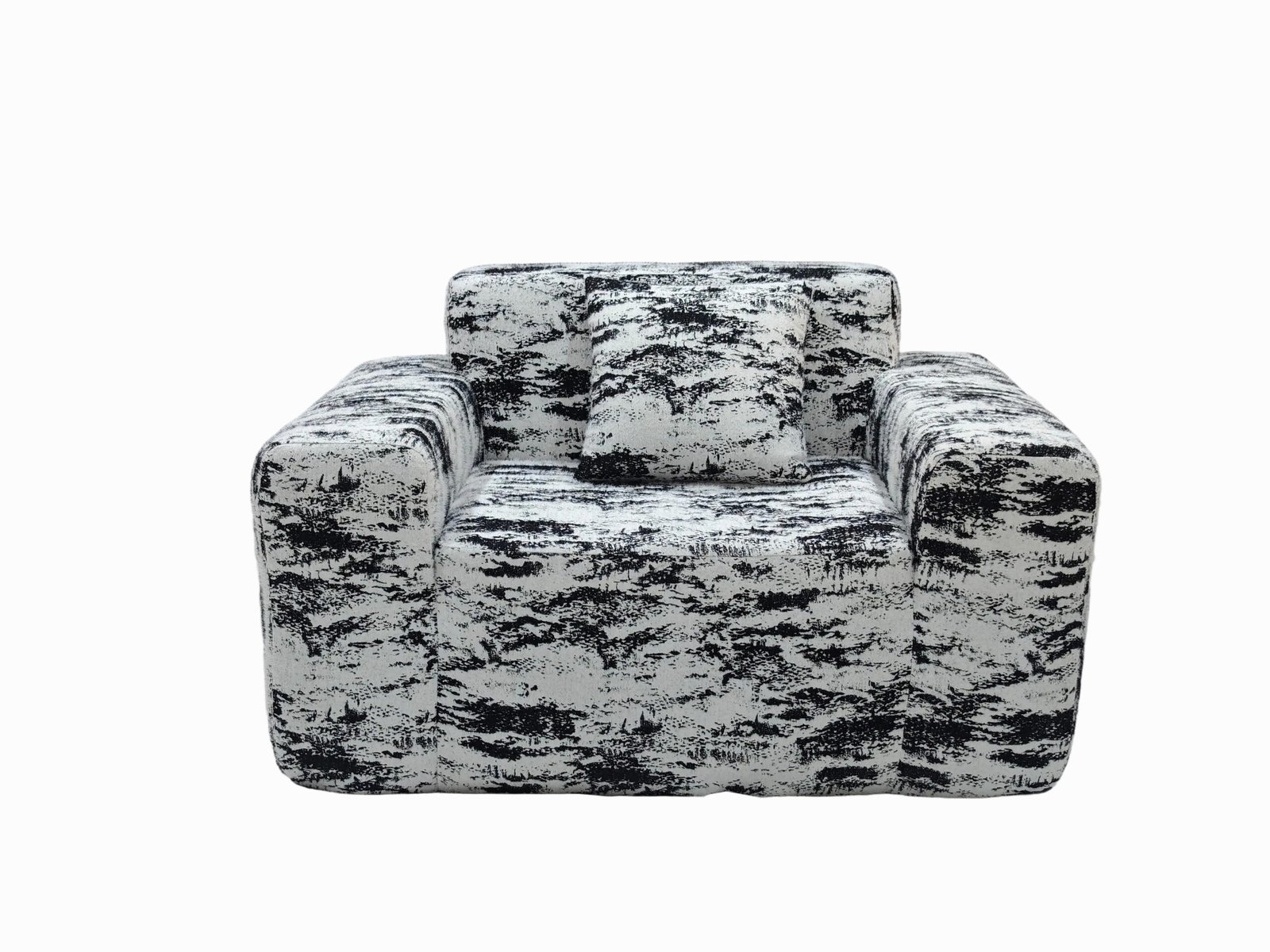
The core philosophy of compressed furniture is efficiency without compromising usability.
Compressed furniture is designed using modular, foldable, and ergonomic principles to optimize space while maintaining comfort.
Key Design Elements
- Multifunctionality: A sofa that turns into a bed or a coffee table that expands into a dining table.
- Space Efficiency: Designed to fit into tight spaces when not in use.
- Easy Assembly & Disassembly: No complex tools required for setup.
- Aesthetic Appeal: Modern designs that fit contemporary interiors.
These elements make compressed furniture practical for modern homes and offices.
What Are the Benefits of Compressed Furniture?

Why are more people switching to compressed furniture? The benefits are clear.
Compressed furniture offers space-saving solutions, easy mobility, affordability, and sustainability.
Advantages of Compressed Furniture
| Benefit | Description |
|---|---|
| Saves Space | Ideal for small apartments, studios, and offices. |
| Easy to Move | Lightweight and compact for relocation. |
| Cost-Effective | Often cheaper than traditional bulky furniture. |
| Sustainable | Uses fewer materials and reduces waste. |
These benefits make compressed furniture a smart investment for those with limited space.
What Are the Challenges of Compressed Furniture?
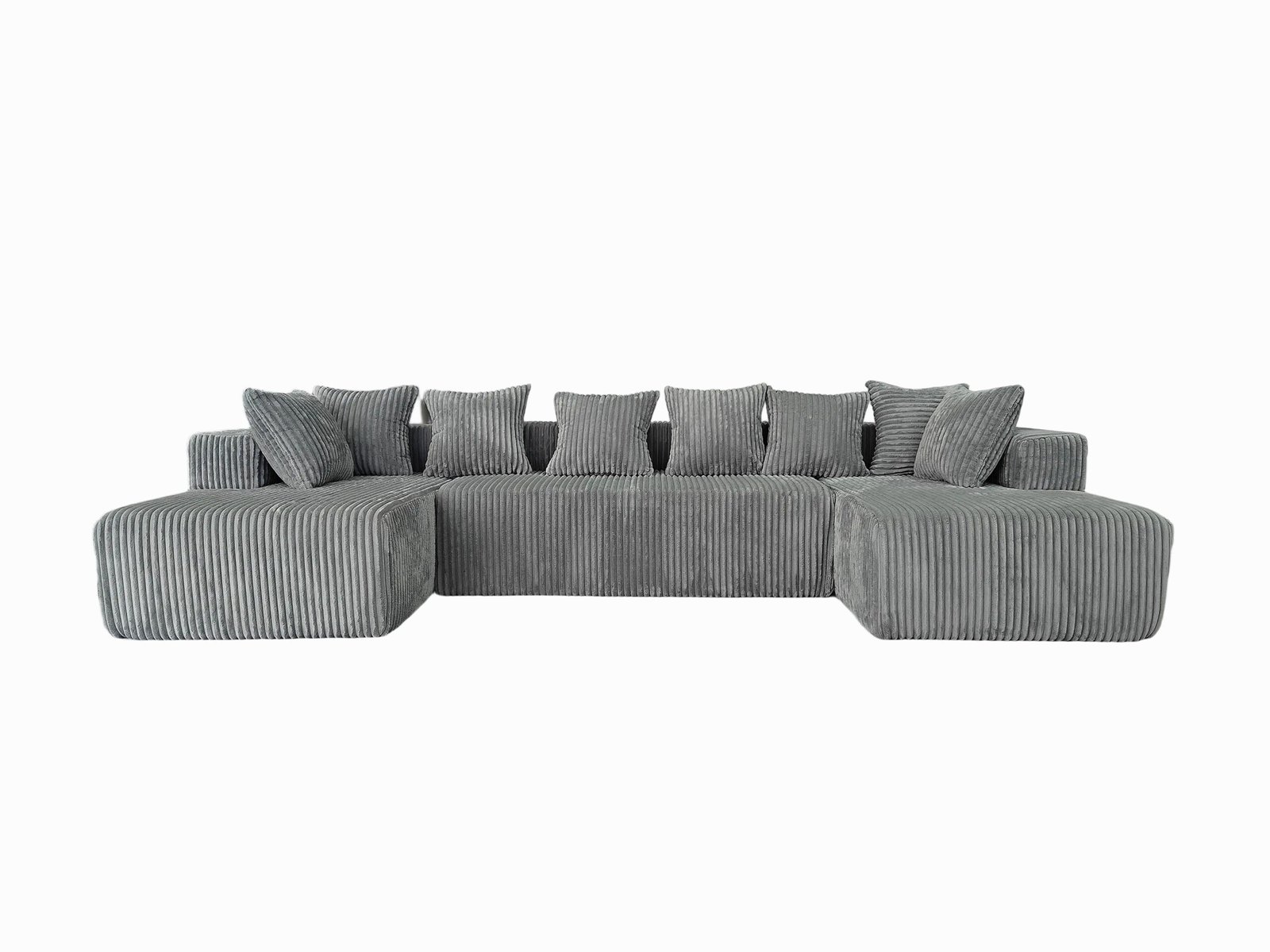
Despite its advantages, compressed furniture has some drawbacks.
Challenges include durability concerns, assembly difficulties, and limited customization.
Common Disadvantages
- Durability Issues: Some lightweight materials wear out faster.
- Assembly Required: Some models can be complex to set up.
- Limited Customization: Fewer design and material options than traditional furniture.
- Comfort Compromises: Foldable designs may not be as comfortable as traditional sofas or beds.
For long-term use, investing in high-quality compressed furniture is recommended.
Is Compressed Furniture Environmentally Friendly?

Sustainability is a growing concern in the furniture industry.
Compressed furniture can be more sustainable by reducing packaging waste and using recyclable materials.
Eco-Friendly Aspects
- Less Material Waste: Requires fewer raw materials.
- Lower Carbon Footprint: Compact packaging reduces shipping emissions.
- Recyclable Materials: Many models use wood from sustainable sources or recycled plastic.
Choosing eco-conscious brands ensures that compressed furniture contributes to a greener future.
What Is the Future of Compressed Furniture?
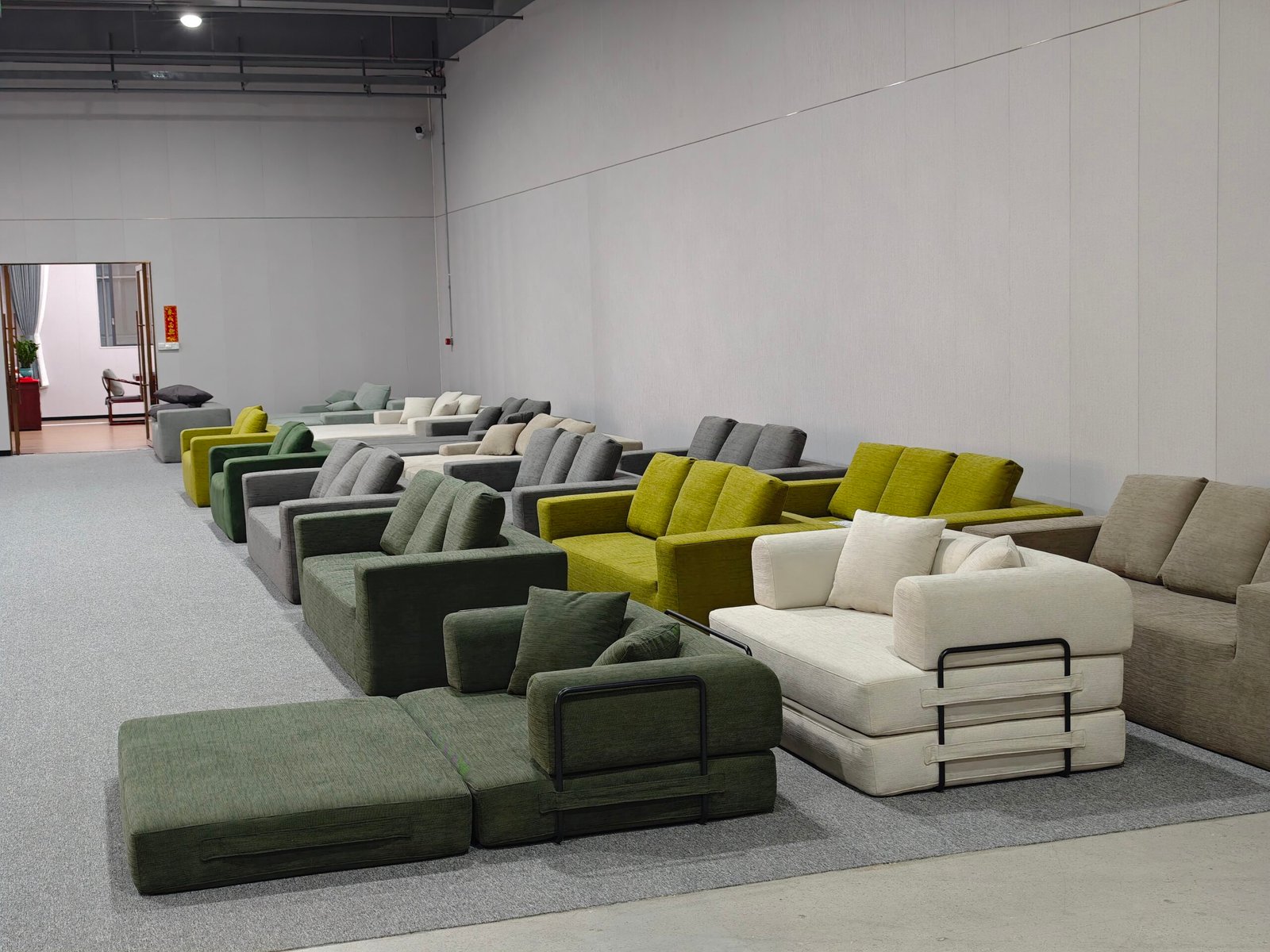
With urbanization and the rise of tiny living spaces, compressed furniture is evolving rapidly.
The future of compressed furniture includes smart, AI-integrated designs, improved materials, and even robotic modular units.
Upcoming Trends
- Smart Furniture: Adjustable height desks and AI-controlled beds.
- Advanced Materials: Stronger yet lighter composites.
- Customizable Modular Units: Users can personalize configurations.
- Sustainable Innovations: More recycled and biodegradable materials.
Compressed furniture is set to play a crucial role in shaping future living spaces.
Conclusion
Compressed furniture is a game-changer in modern home and office design. It offers space efficiency, mobility, affordability, and sustainability, making it a smart choice for contemporary lifestyles.
As technology advances, compressed furniture will continue to evolve, offering more durable, stylish, and eco-friendly solutions for the future.